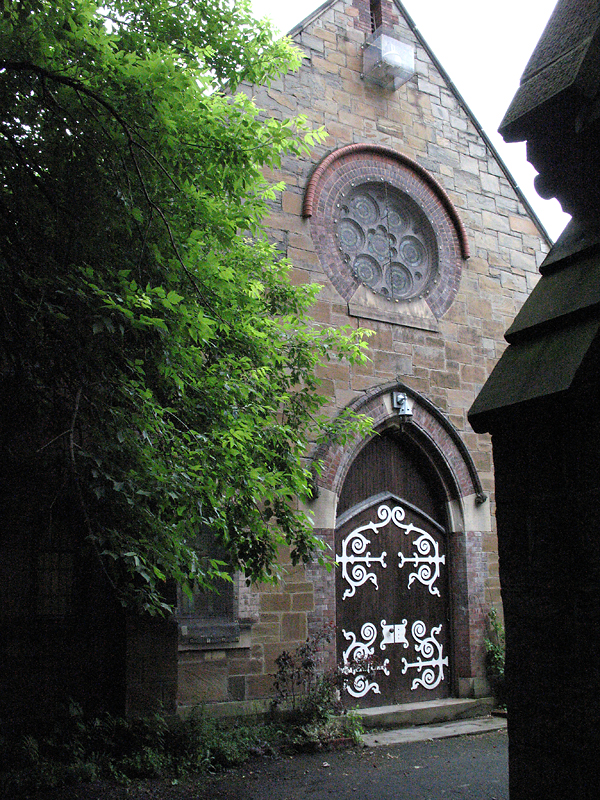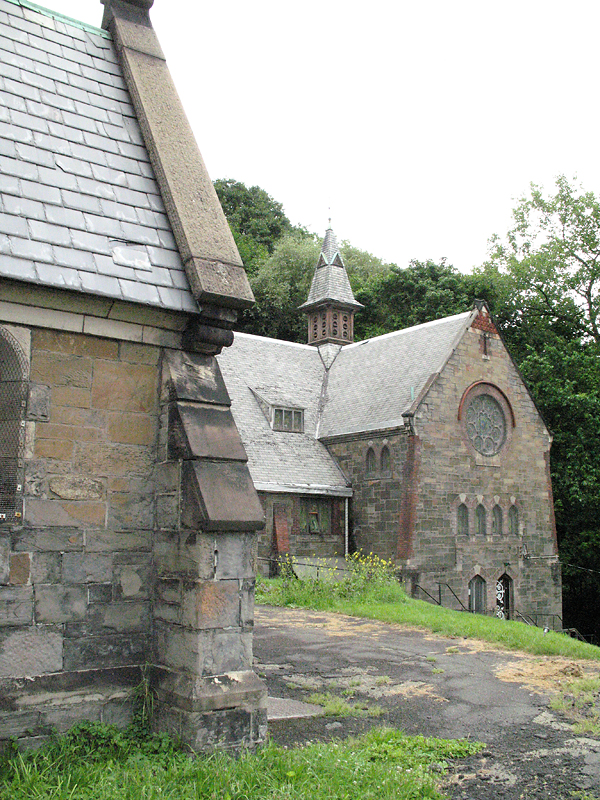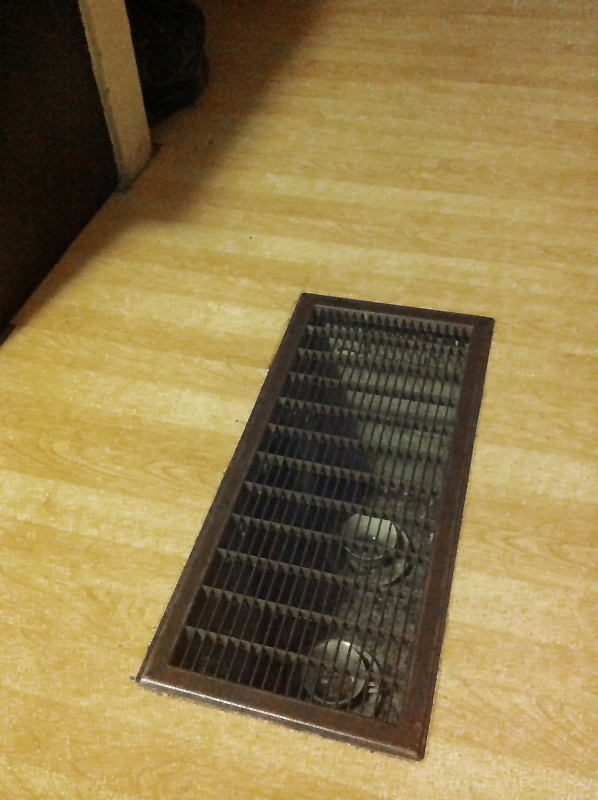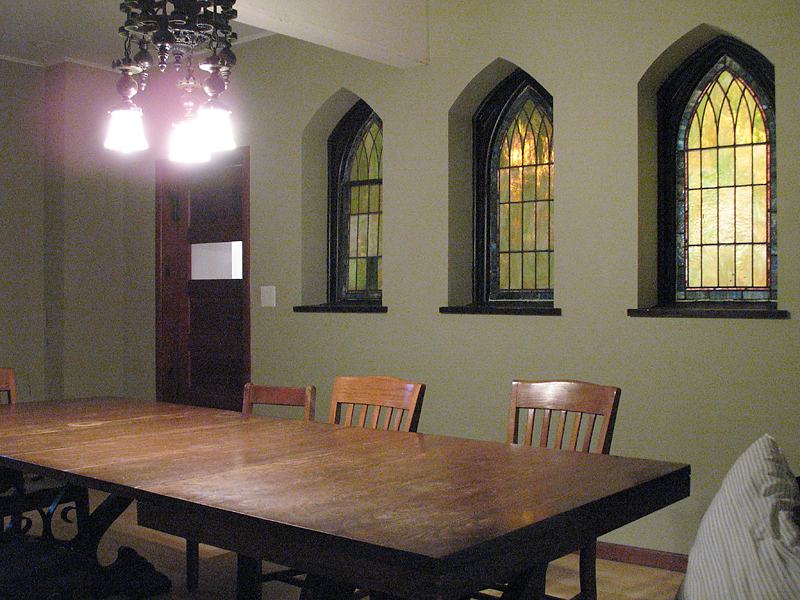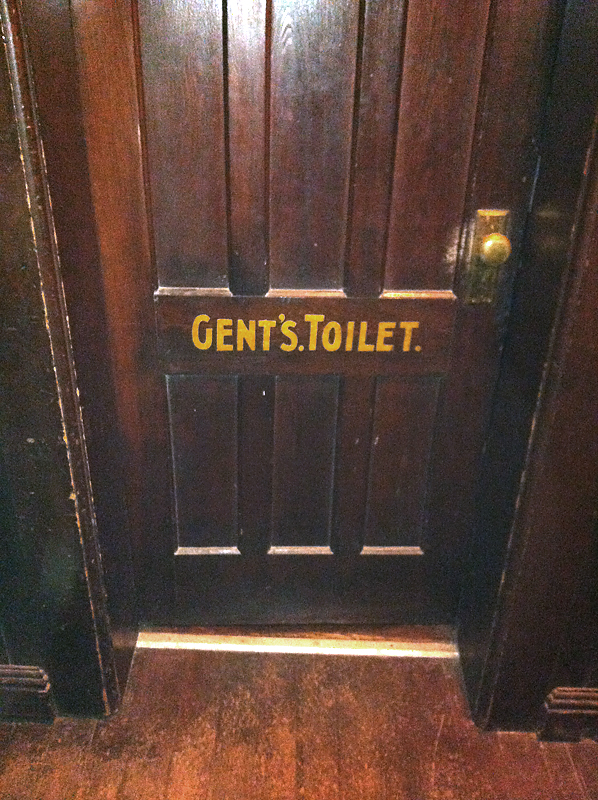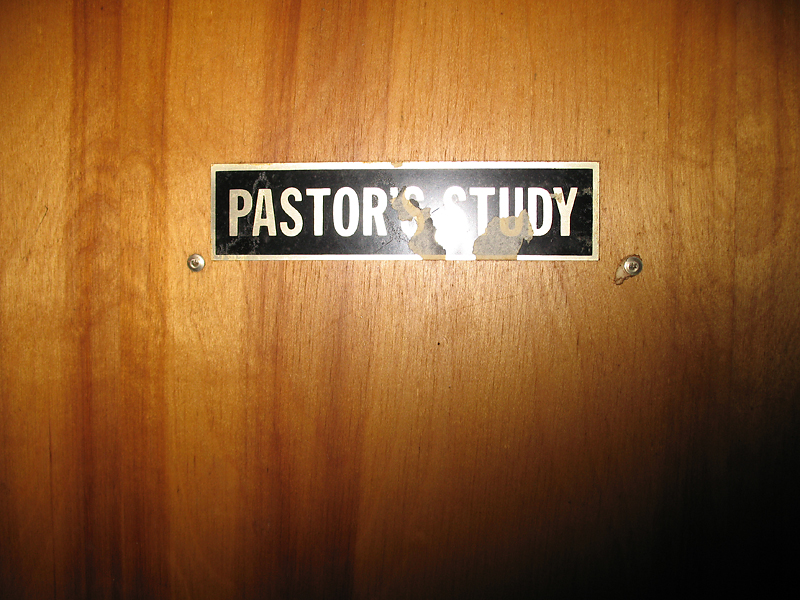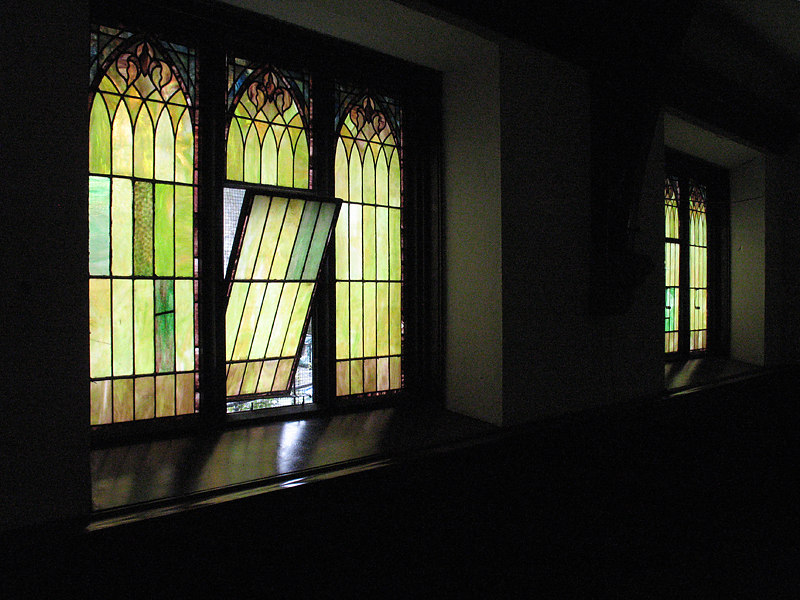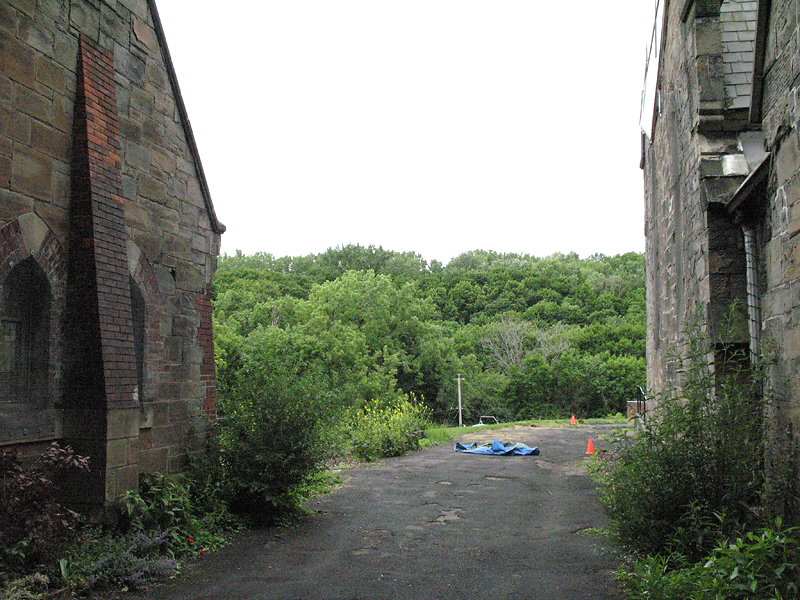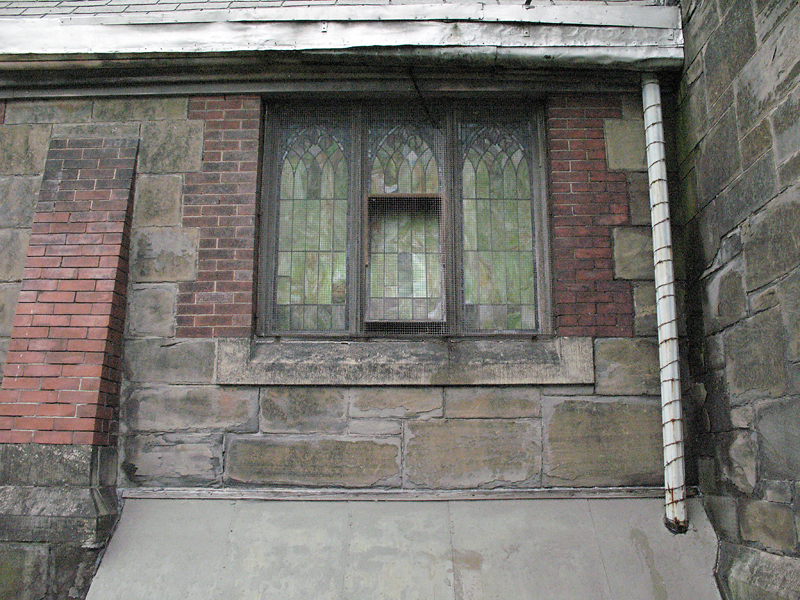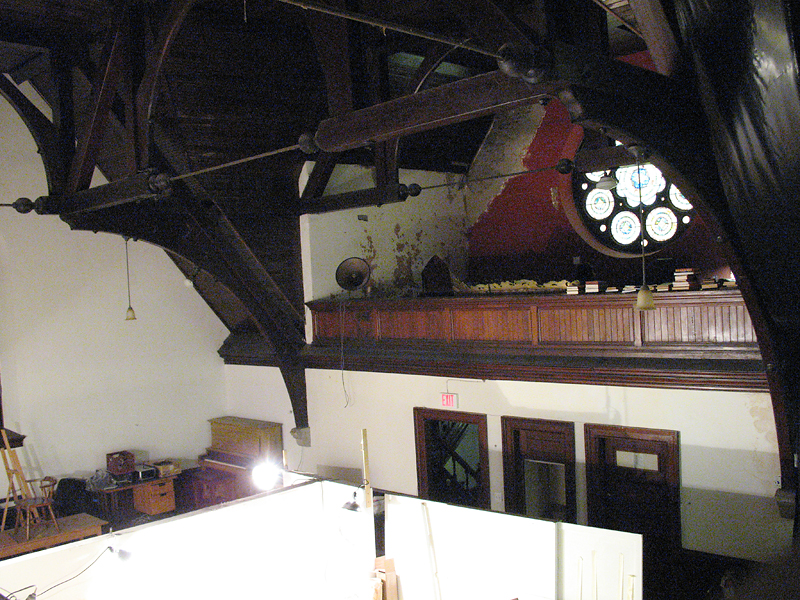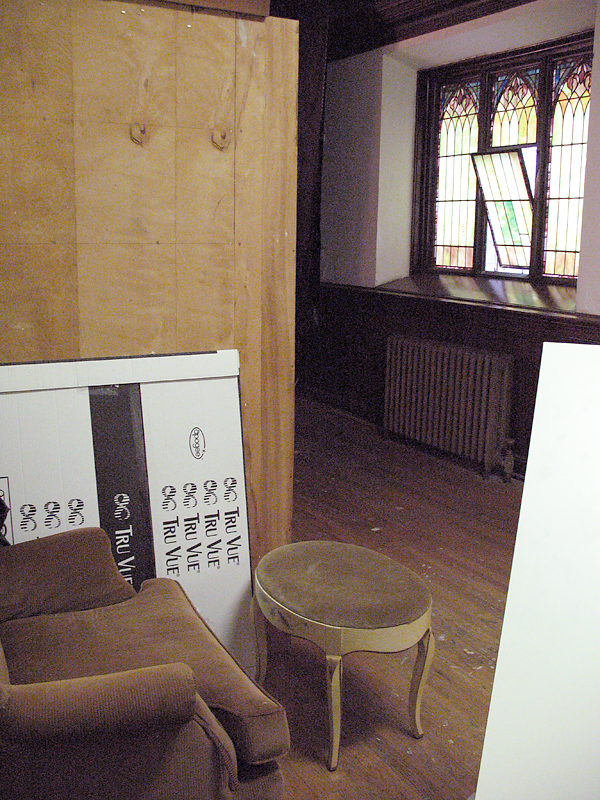
Here I am, at my first summer residency of 2012. It’s been an adventure so far. I packed my car and drove out of Chicago, just like last summer when I decided to drive to Santa Fe in lieu of flying. I prefer driving to residencies when I can, mainly so I can bring my drafting table for the sake of correct posture while drawing. Having a car also means that I can pack all sorts of things I wouldn’t normally bring: my printer, a box full of books, my water pitcher, non-perishable food from my kitchen cabinets, an electric tea kettle, etc. This year, I left on Saturday morning, June 2nd, and took the northern route through Michigan and Canada, passing through Flint, Toronto, and Niagara Falls on the way to my destination: Troy, NY. The road was generally familiar during the first few hours of my drive; basically until I turned north onto I-69 towards Flint, Michigan, where I was taken by surprise at the gloomy billboards at the Flint city borders. Unlike most billboards on the outskirts of cities (usually advertising restaurants, casinos, adult superstores, entertainment, and various local attractions such as zoos and water parks) all of the billboards near Flint seemed rather bleak: ads for personal injury attorneys, low cost health insurance, repairing concrete instead of replacing it, and the like. The only billboard that was incongruous with the rest was an ad for the Flint Art Fair, which made me really want to go see it. The artwork chosen for the ad, however, was a dreary watercolor painting that depicts a girl looking downward and holding her head in her hands. Maybe it wasn’t so incongruous after all.
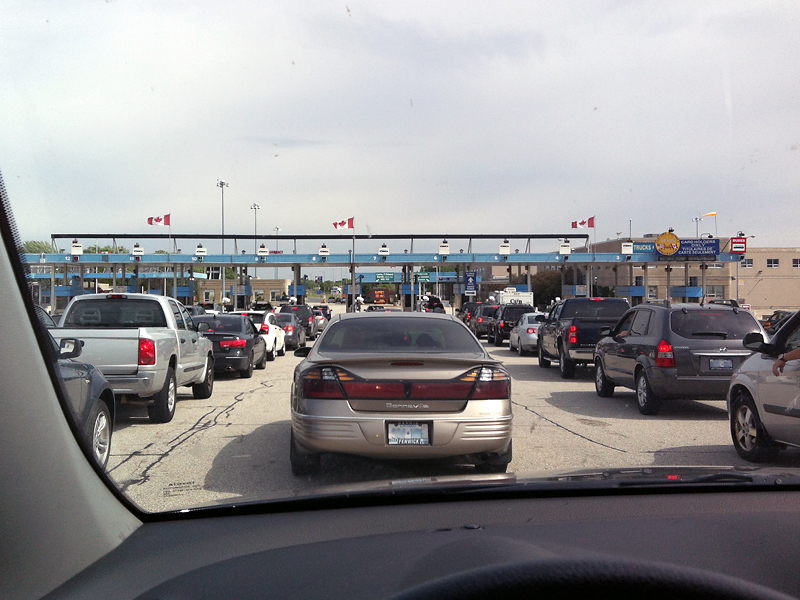
Soon thereafter I arrived at the Canadian border. I wasn’t mentally prepared for the change that followed; I didn’t even think of the potential difference in road signs and other modes of communication. It should have been obvious: after all, I was entering another country! This didn’t register with me until I saw a border service sign that read: “Bilingual Service: English/Français”. I also happened to be listening to old episodes of the Bad at Sports podcast, where they were cracking “Canadia” jokes mostly on the account of one of the hosts. I listened to this as I approached the border, where I had to explain that I was just passing through on my way to New York. The more difficult task was explaining what an artist residency is, what I was going to do there, to what end, and why I was staying for so long.
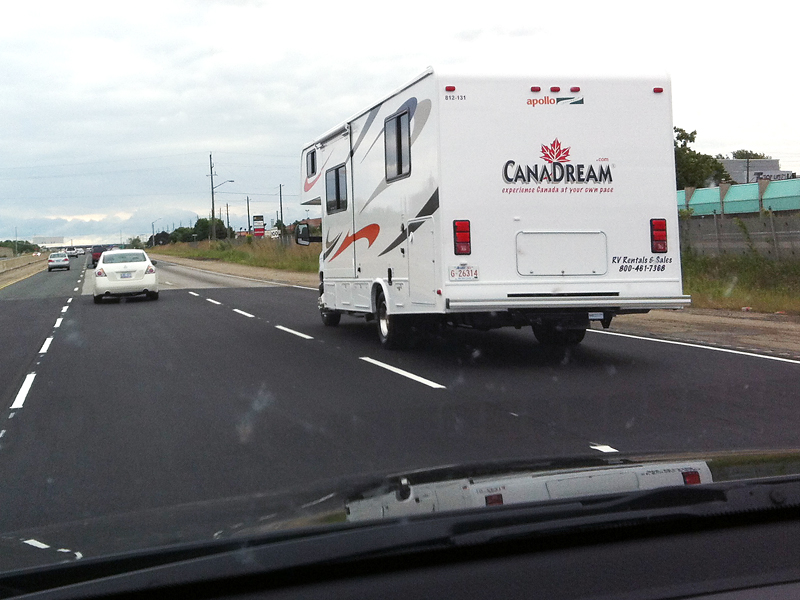
I quickly realized that I had no phone/data service in Canada. My sudden loss of GPS signal made me feel sadly vulnerable. Although I had written down directions for Toronto, and although it was overall a pretty straightforward trip, I couldn’t escape the feeling of intense dependence on technology. Driving through Canada “unplugged” suddenly became stressful, mainly because of the virtual translation of road signs and various other visual cues I was faced with, all of which required attention to detail. I began noticing all sorts of things that I wouldn’t usually pay attention to; for example: the frequency of “royal” references all around me. It took me a minute to realize that the expressway symbols were not shields but bubbly crowns. Streets and towns were named after royalty – the royal symbols were everywhere. Another thing I noticed immediately was the abundance of Canadian flags. For some reason I thought the hyper-patriotic sentiment was uniquely American, but it seemed even more pronounced in Canada, maybe just in southern regions? Or maybe I just perceived it this way? …It’s possible that I’ve just become so used to images of the American flag that I don’t really take note of them anymore. But I felt a truly different sensibility, which became more defined when I saw a particular electronic expressway sign. In the United States, these signs usually display statements like: “Buckle Up – It’s the Law.” The one that I saw near Toronto simply read the following: “Safe driving requires your full attention.” That’s it. I had never seen a sign so passively stated. A different psychology was in effect – not an emphasis on law enforcement, but on the driver’s responsibility and accountability; which leaves all the reasoning and decision-making in the driver’s hands.
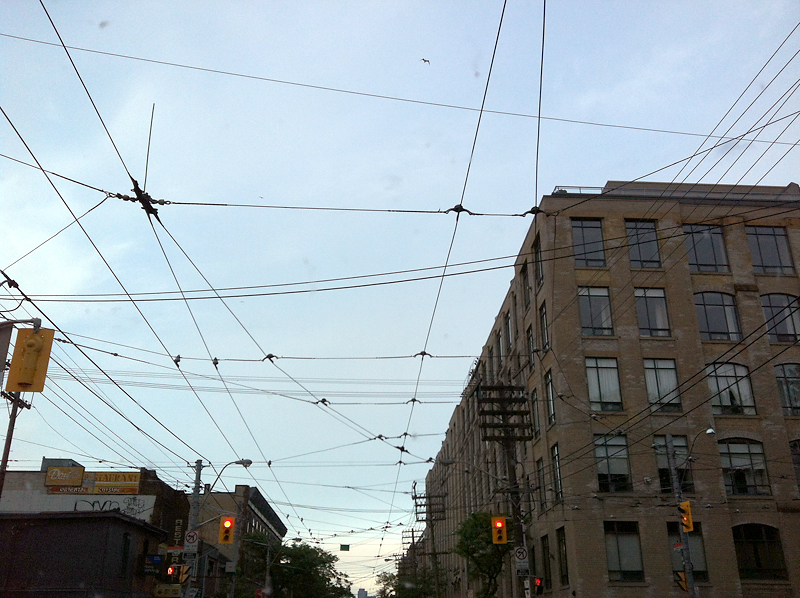
When I arrived in Toronto, I was immediately taken by the city’s charm. As I drove down Queen Street, I noticed lots of little independent cafés, bookstores, art venues, thrift stores, and various ambiguous businesses that I really wanted to check out. Alas, I arrived in the evening after 9 or so hours of driving, some of which was hyper-attentive and exhausting, and I needed to leave the following morning; there was no time for exploration. I wasn’t used to driving amongst streetcars either. The weaves of cables overhead and rails below reminded me of Belgrade, which I mostly remember from short visits and in passing. All of this made for a very reflective encounter with Toronto. Thanks to Willy Chyr, I had a place to stay overnight before continuing my journey. Willy introduced me via email to Erin Robinsong, who was kind enough to lend me her couch for a night. Erin and I had a lot to talk about due to our mutual interests in the intersections of science and art; I really wish I could have stayed longer. With regards to science, I have been thinking in particular about something that I heard on a couple of science podcasts last summer: that the bacterial cells in our bodies – ones that essentially keep us alive – also outnumber our “own” cells while controlling our moods and even our decision-making. This really left an impression on me; as a result I’ve had some ideas along this theme brewing for over a year now. To my utter shock, I found an issue of Scientific American in Erin’s bathroom which had the following caption on the front cover: “Your Inner Ecosystem: In your body, bacteria outnumber your own cells 10 to 1. Who’s in control?” It was the June 2012 issue, and it was sitting on top of the stack of magazines. Serendipity was in the air.
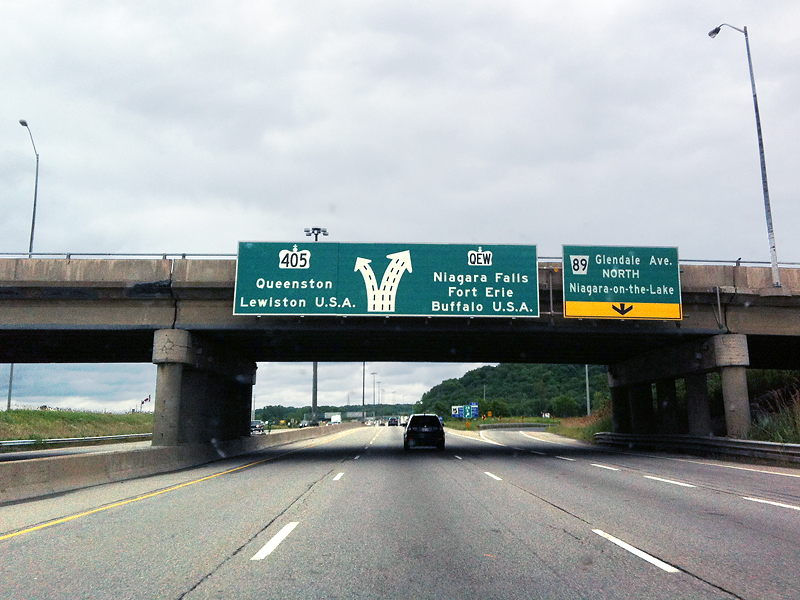
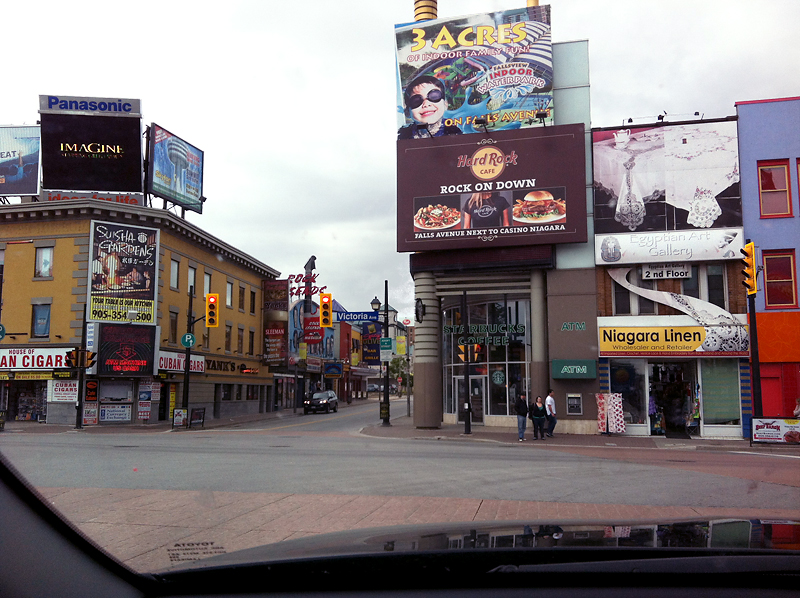
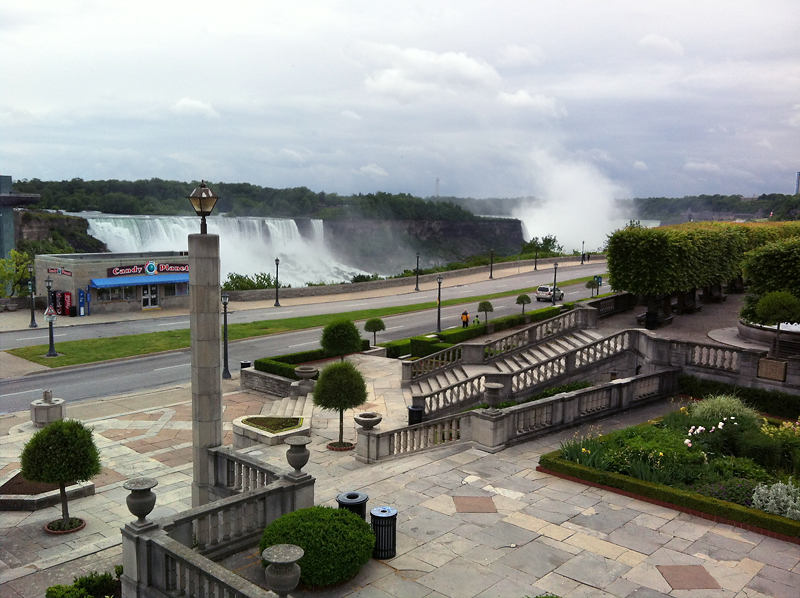
I left Toronto Sunday morning while both roommates were still sleeping. Heading out towards Niagara Falls, my intention was to visit the Falls for maybe half an hour and then get back on the road. My former intern, Katie, had mentioned that the Canadian side of the Falls seemed a lot less tourist-oriented. Yikes! It was nonetheless an absolute circus. I pulled into the only unpaid parking lot I saw, just to get out of the winding streets that lead through rows and rows of restaurants, casinos, and other flashy businesses. I needed to clear my head and decide what I wanted to do. While standing in the lot, I realized that the waterfalls were visible in the distance. I walked up to the edge of the elevated lot and found myself feeling strangely sad for the water itself, which disturbed me. I felt that this brief and distant view was enough, and I got back in the car to cross the border.
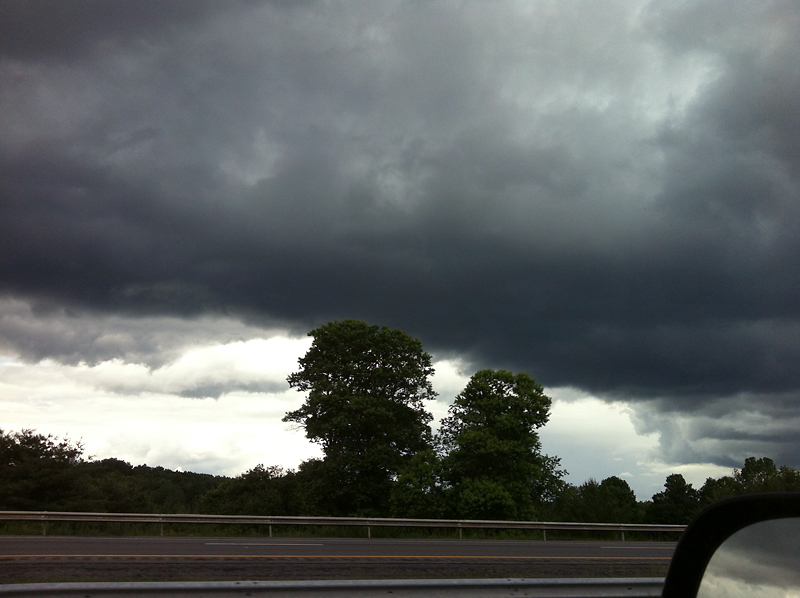
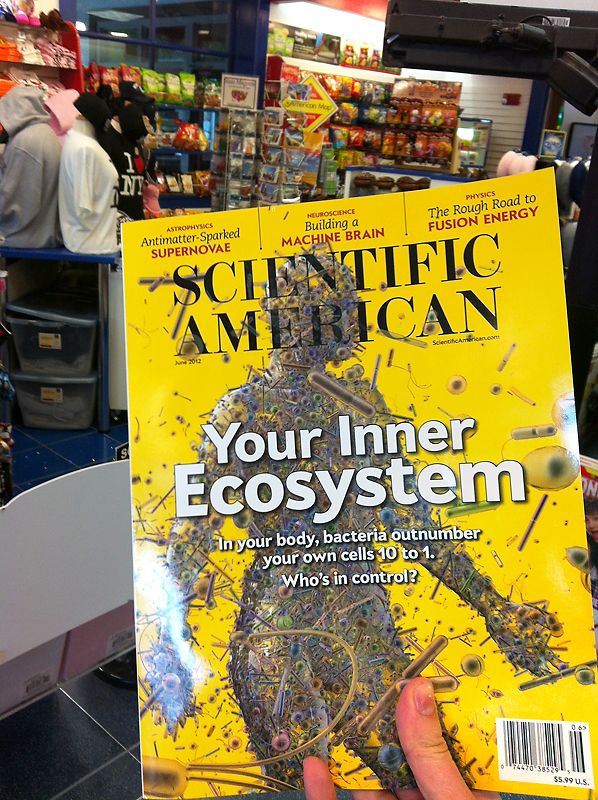
Driving through New York State at first felt pretty similar to Michigan. The road was relatively flat with lots of ominous clouds looming above, while trees and fields surrounded the expressway. Eventually the road got a bit more hilly and green with a certain freshness in the air. During a particularly brutal downpour I pulled into a rest stop, which mostly focused on fast food. I noticed a magazine stand and asked if they had Scientific American… They did!
Within the next couple of hours I arrived in Troy and drove up to the old Woodside Presbyterian Church. What a fascinating place! The building is currently undergoing restoration to be repurposed for an artists’ exhibition space. It was the first structure I saw on a hill with a very steep and narrow path that leads to a small graveled area where cars are parked. I pulled up and walked over to the chapel (behind the church), to be greeted by the Artist Coordinator, Natalie, and several residents who were cutting up vegetables and chatting in the kitchen. So many welcoming faces! After our introductions, I was given a quick tour of the building and found myself completely awe-struck by the chapel structure. The lofted space typical of old chapels has been completely repurposed for the Contemporary Artists’ Center residency program while at the same time retaining the allure of the antique structure.
The building has newer bedrooms built into the top half (with a wooden spiral staircase leading up to the bedrooms), while the bottom part of the space is sectioned into art studios. There are lots of nooks and crannies, with stained glass everywhere. I noticed a couple of teacups under the floorboards, incongruous signs on some of the doors, and quirky old furniture and woodwork, some of which doesn’t entirely make sense.
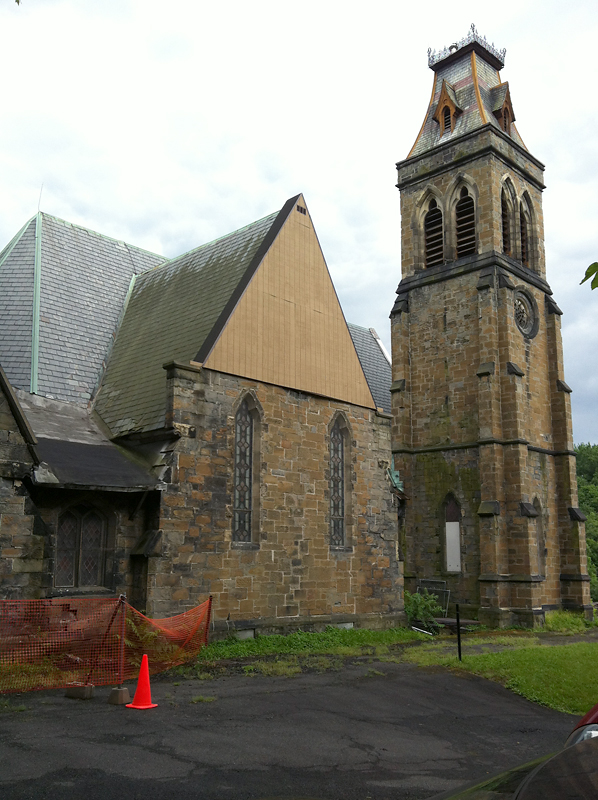
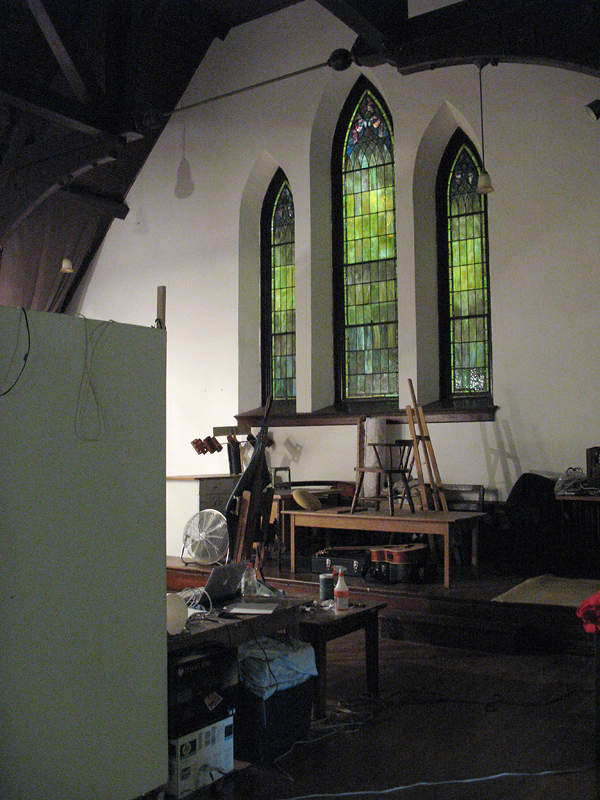
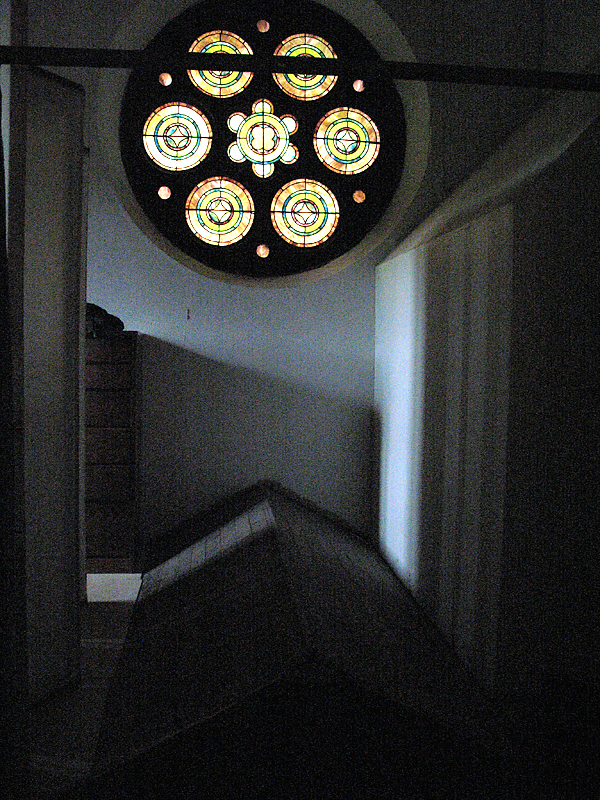
As I write this (about a week after having arrived), I am sitting in my studio at Woodside, in a wingback chair, my feet on an antique footstool, with amber light filtering in through the stained glass windows. I hung a bunch of my inkblots from the past year on the walls of my studio for the sake of reflection. I also visited the local public library (which I will write about in my next entry), and started experimenting with a little bit of drawing from some of the imagery I found, but I’m still throwing around ideas and doing more research before I really dig in. Last year it took me about two weeks to get started before I had a clear vision that propelled the work. At this residency, I feel much more inspired by the building itself than the natural landscape surrounding it. Although I have been considering the bacteria-outnumbering-human-cells question, I think I am currently more intrigued by just how much an architectural structure can influence the mind/body. The bacteria might have to wait another year.
